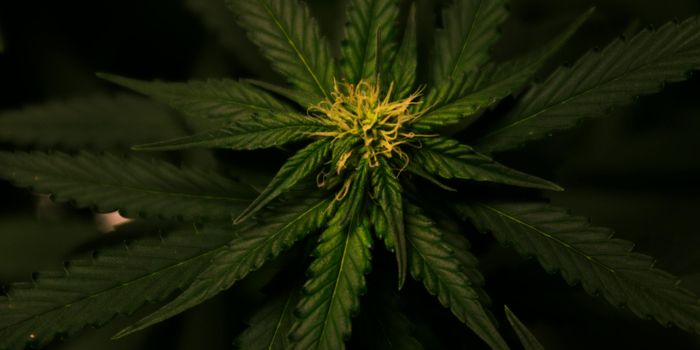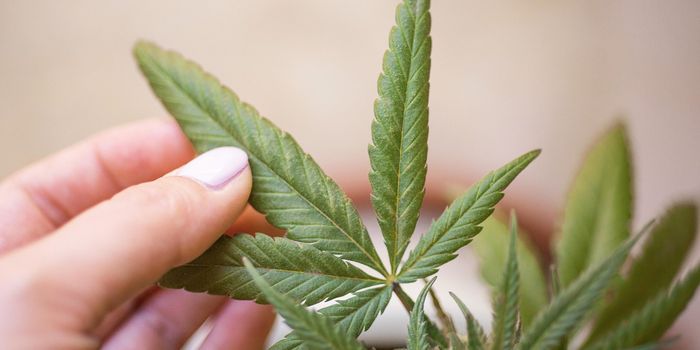381 New Species Discovered in the Amazon, But There's Bad News...
The World Wildlife Fund (WWF) announced on Friday the discovery of at least 381 new species throughout the Amazon rainforest during a study conducted between 2014 and 2015. Experts discovered the new species at a rate of one every 1.9 days, the fastest rate of new species discovery this century.
Among the new species discovered were 216 plants, 93 fish, 32 amphibians, 20 mammals, 19 reptiles, and a lone bird. Worthy of note, at least two of the newly-discovered mammals were fossils rather than living creatures.
Image Credit: EPA
While discovering new organisms at this unprecedented rate of speed is great news for science, there is some bad news attached too: these new species all reside in a place being impacted by human activity, and many are at risk of endangerment or extinction.
Related: 163 new species discovered in the Greater Mekong region
Activities like deforestation, land development, mining, and dam-building all have the potential to wreak havoc on the Amazon and its delicate ecosystem.
The fact that we’ve found so many new species in the Amazon in such a short time highlights just how little we know about the biome today. Unfortunately, human activity could adversely impact the newly-discovered organisms before science gets a chance to study them fully.
“We’re in 2017, verifying the existence of new species and even though resources are scarce, we are seeing an immense variety and richness of biodiversity. This is a signal that we still have much to learn about the Amazon,” said Ricardo Mello, coordinator of WWF-Brazil Amazon Programme.
Not only do we know very little about the newly-discovered species, but there could be more organisms residing in the Amazon that have yet to be discovered. With that in mind, protecting the Amazon and the wildlife it supports is critical for animal conservation, as the biome preserves a significant percentage of the world’s unique wildlife.
“This biodiversity needs to be known and protected. Studies indicate that the greatest economic potential of a region such as the Amazon is the inclusion of biodiversity in the technological solutions of a new development model, including the development of cures for diseases, relying on new species for food purposes, such as superfoods,” Mello continued.
It will be challenging to protect these newly-discovered species, but if we move forward with disturbing nature at our current pace, we may never get to study the full biodiversity of our planet in full before it's too late.
Source: WWF









